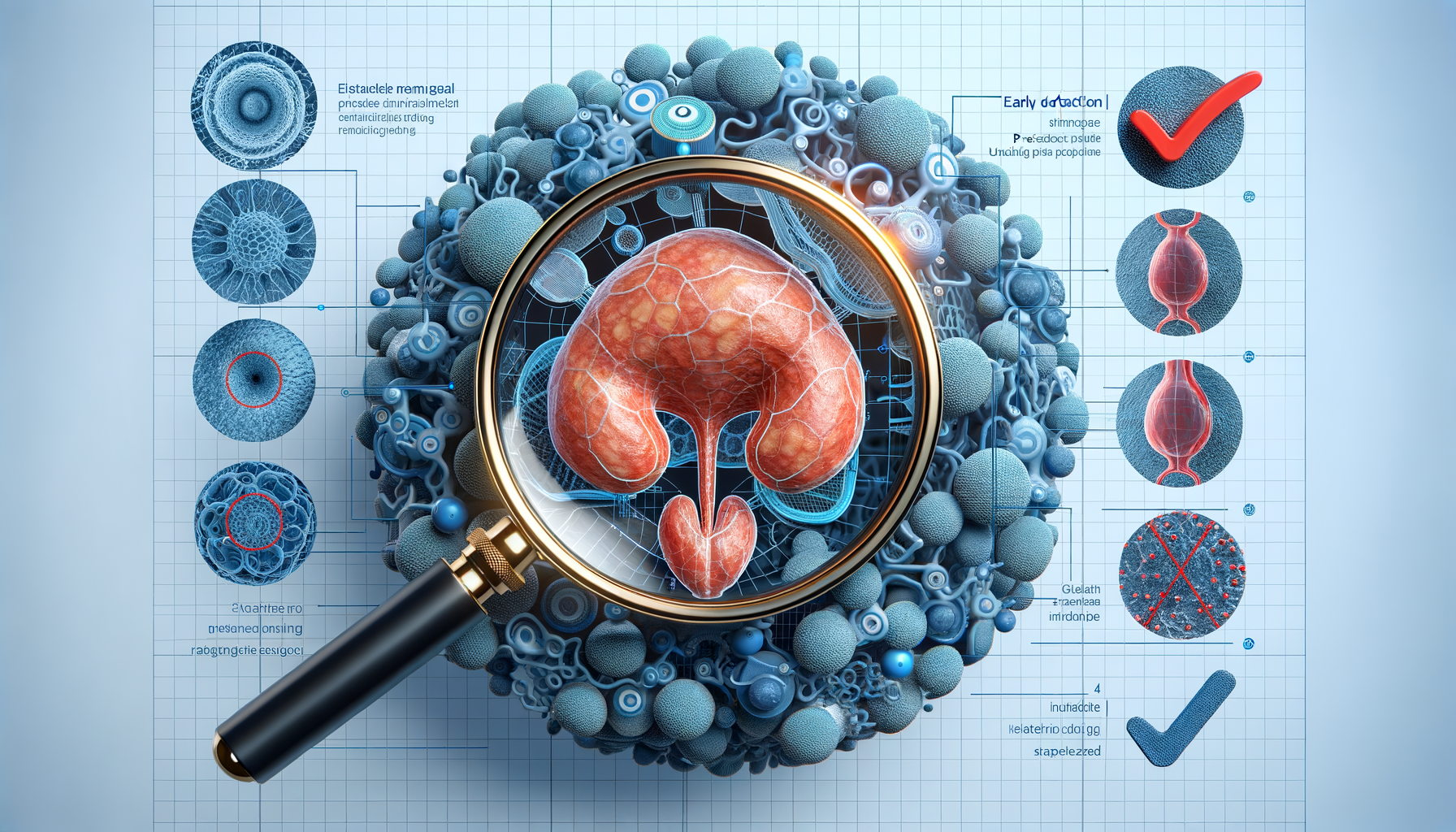
Amyloidosis Explained: A Closer Look at This Complex Condition
Introduction to Amyloidosis
Amyloidosis is a rare and complex condition characterized by the abnormal deposition of amyloid proteins in various organs and tissues throughout the body. This accumulation can disrupt normal function and lead to a range of health issues, depending on the organs affected. Understanding amyloidosis is crucial for early diagnosis and effective management, as the condition can be life-threatening if left untreated. This article delves into the intricacies of amyloidosis, exploring its causes, symptoms, diagnosis, and treatment options.
What Causes Amyloidosis?
The root cause of amyloidosis lies in the misfolding of proteins, which then aggregate into insoluble fibrils known as amyloid deposits. These deposits can occur in various parts of the body, such as the heart, kidneys, liver, and nervous system, leading to organ dysfunction. There are several types of amyloidosis, each with distinct causes:
- AL (Primary) Amyloidosis: Caused by an abnormality in plasma cells, leading to excessive production of light chains that form amyloid deposits.
- AA (Secondary) Amyloidosis: Often arises from chronic inflammatory diseases, such as rheumatoid arthritis or inflammatory bowel disease, where serum amyloid A protein accumulates.
- Hereditary Amyloidosis: Resulting from genetic mutations that cause specific proteins to misfold, it is often passed down through families.
- Age-related (Senile) Amyloidosis: Occurs due to the deposition of wild-type transthyretin protein, primarily affecting the heart in older adults.
Understanding these causes is essential for determining the appropriate treatment plan and managing the condition effectively.
Recognizing the Symptoms of Amyloidosis
The symptoms of amyloidosis can vary widely depending on the organs affected. However, some common symptoms may include:
- Fatigue and weakness
- Unexplained weight loss
- Swelling in the ankles and legs
- Numbness or tingling in the hands and feet
- Shortness of breath
- Enlarged tongue, which can affect speaking and swallowing
- Skin changes, such as easy bruising or purplish patches around the eyes
Due to the diverse nature of symptoms, amyloidosis can often be misdiagnosed or overlooked. Therefore, a high index of suspicion and thorough evaluation are necessary, especially in individuals with a family history of the condition or those with chronic inflammatory diseases.
Diagnosing Amyloidosis
Diagnosing amyloidosis involves a combination of clinical evaluation, laboratory tests, and imaging studies. Key steps in the diagnostic process include:
- Blood and Urine Tests: To detect abnormal proteins or assess organ function.
- Biopsy: A tissue sample, often from the abdominal fat pad, rectum, or affected organ, is examined for amyloid deposits.
- Imaging Studies: Techniques such as echocardiography, MRI, or bone scans help assess the extent of organ involvement.
- Genetic Testing: In cases of suspected hereditary amyloidosis, genetic testing can confirm specific mutations.
Early and accurate diagnosis is critical for initiating appropriate treatment and improving outcomes for patients with amyloidosis.
Treatment Options for Amyloidosis
The treatment approach for amyloidosis depends on the type and severity of the condition, as well as the organs involved. Common treatment strategies include:
- Medications: Chemotherapy drugs, such as those used in AL amyloidosis, can help reduce the production of abnormal proteins. In AA amyloidosis, managing the underlying inflammatory condition is crucial.
- Organ Transplantation: In cases of severe organ damage, such as advanced cardiac or renal amyloidosis, organ transplantation may be considered.
- Supportive Care: This includes managing symptoms and complications, such as fluid retention or heart failure, to improve the patient’s quality of life.
- Clinical Trials: Participation in clinical trials can provide access to novel therapies and contribute to advancing the understanding of the condition.
Effective management of amyloidosis requires a multidisciplinary approach, involving specialists in hematology, cardiology, nephrology, and genetics, to tailor treatment to the individual patient’s needs.
Conclusion: Navigating the Challenges of Amyloidosis
Amyloidosis is a complex and multifaceted condition that poses significant challenges in diagnosis and treatment. However, with advances in medical research and a deeper understanding of the disease mechanisms, there is hope for improved outcomes for those affected. Early recognition of symptoms, timely diagnosis, and a comprehensive treatment plan are essential in managing this condition effectively. By staying informed and working closely with healthcare providers, patients can navigate the complexities of amyloidosis and maintain a better quality of life.


